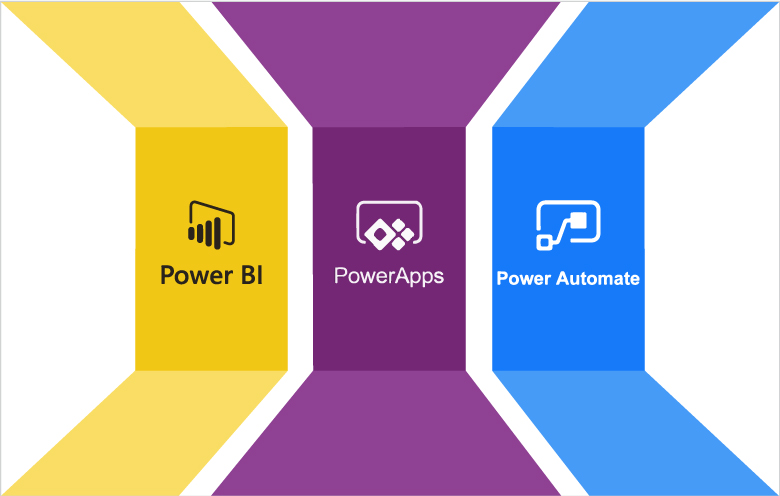| Editorial Team
Building Custom Connectors in Power Platform

Building custom connectors in Power Platform requires a few steps. Here’s a step-by-step guide on how to create a custom connector:
Step 1: Define the API endpoints
To create a custom connector, first, define the API endpoints exposed to the Power Platform. These endpoints will define the actions that can be performed and the data that can be retrieved from the external system or service.
Step 2: Define the actions and parameters
Once you have defined the API endpoints, you can define the actions and parameters exposed to the Power Platform. Actions are the specific tasks that can be performed, while parameters are the inputs and outputs required for each action.
Step 3: Create the custom connector
Using the Power Platform’s custom connector wizard, you can create the custom connector by specifying the API endpoints, actions, and parameters. You can also add authentication and security features to ensure the connector is secure and reliable.
Step 4: Test the custom connector
After creating the custom connector, you should test it thoroughly to ensure it meets your requirements. You can test the connector within the Power Platform by creating a sample workflow that uses the connector to perform a specific action or retrieve data.
Step 5: Publish the custom connector
Once you are satisfied with the functionality and performance of the custom connector, you can publish it to the Power Platform. This will make the connector available to other users within your organization, who can use it in their workflows.
Conclusion
Building custom connectors in the Power Platform requires characterizing the Programming interface endpoints, activities, and boundaries, making the connector utilizing the custom connector wizard, testing the connector, and distributing it to the Power Platform. With custom connectors, you can expand the usefulness of the Platform and make custom work processes that meet the particular requirements of your association.

